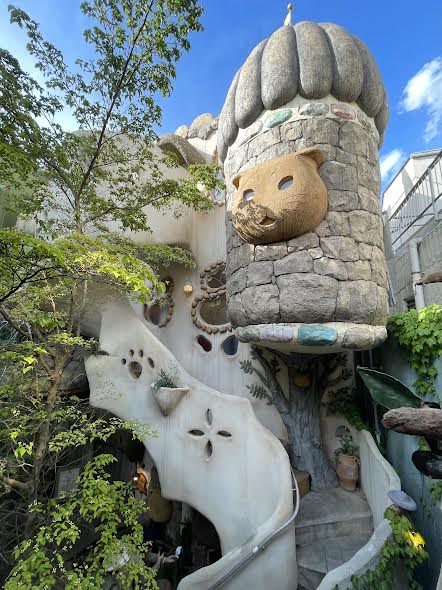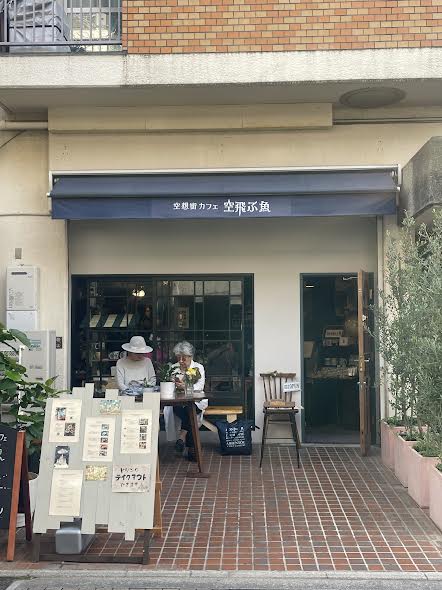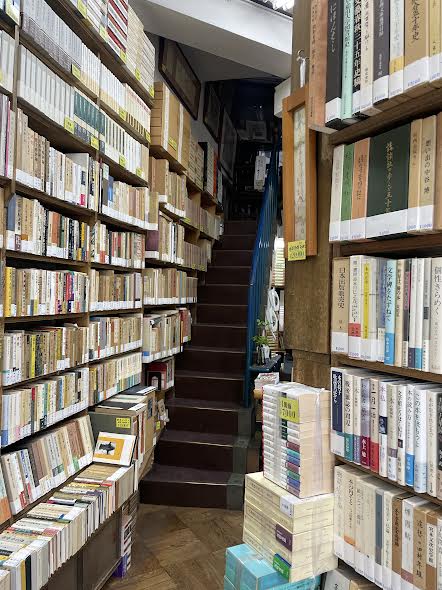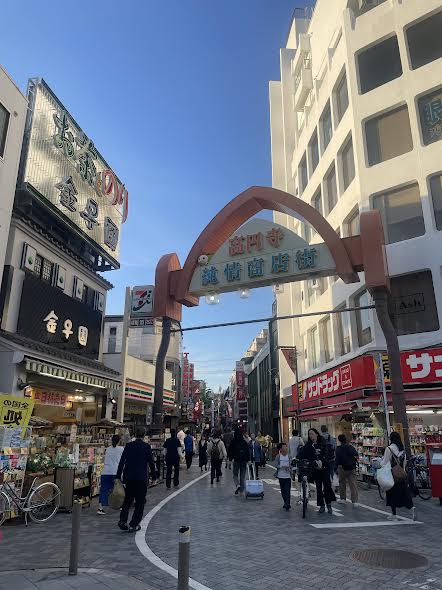Here's how to avoid the crowds in Japan
There's a tourism boom so you need to have a game plan

To say that Japan is enjoying a tourism boom is quite an understatement. The Japan National Tourism Organization (JNTO) announced that the number of international visitors to the country in March 2024 was 3.082 million. That’s up by 11 percent compared to the same month in pre-pandemic 2019.
While South Korea is still their highest source of tourists (over 600,000), the Philippines also set a record high with 78,800 visitors. Combine cherry blossom season with Holy Week in the same month, and it’s no wonder that walking around Ginza and Shibuya, you’ll hear Filipino every third person you pass. Whenever I get asked if I get homesick, I always say that it’s quite impossible when I meet Filipinos every week. I have friends traveling to Tokyo every month that I’ve been living here.
But three million tourists a month mean one thing: crowds. If you’re traveling to Japan anytime soon, you’ll see that while Tokyo can handle that number, some neighboring towns that used to be perfect for day trips are struggling to cope with the sheer volume of people. Most of these tourists flock to the same locations made popular by travel influencers, causing traffic and even stress to the locals.
Take, for example, a Lawson convenience store in Kawaguchiko that became popular for its backdrop of Mt. Fuji. After influencers posted photos of this particular store, hordes of tourists began flocking to the area. Right in front of the convenience store is a road where cars drive past. While it’s customary for the Japanese to fall in line when waiting for their turn to take a photo at a popular spot, some tourists have been breaking protocol, going ahead, blocking traffic, and causing disruption to the business. This left the town’s officials with no choice but to install a barrier to block the view and discourage tourists from coming.

It’s just one of the sad examples of how a misbehaving subgroup can ruin a good thing for others. While it’s true that Japan—like most countries worldwide—wished for more tourists to come post-pandemic for economic recovery, I’m pretty sure they didn’t dream of ill-behaved tourists disrupting daily life in a country where someone’s peace is highly valued.
In Tokyo, I’ve been trying to avoid the more popular areas, especially on weekends. During Golden Week, one of Japan’s longest holiday seasons, my husband and I did venture to the historic area of Kawagoe and the beachside destination Kamakura. Both were an hour away from Tokyo. As expected, since most of the locals only had this time to travel, both places were packed. I made a mental note to only come back on a weekday. If you’re coming to Tokyo on holiday and looking for a daytrip, I suggest scheduling it similarly and leave the weekends to the locals.

For Tokyo, I find myself avoiding Shinjuku, Ginza, and Shibuya (I like to call them “The Big Three”) whenever I can, opting for smaller, lesser-known neighborhoods to tourists. I particularly enjoy Kanda-Jinbocho which is Tokyo’s used bookstore mecca. Getting lost between shelves surrounded by the scent of old books and magazines is such a fun way to spend an afternoon. At least, for me.
Kichijoji, Tokyo’s most popular neighborhood for locals, is also a lovely stop though it does attract a crowd on weekends as well. You have your popular Japanese brands and small businesses where you can get omiyage or in Filipino, pasalubong (souvenir) with slightly smaller crowd compared to central shopping areas. But it’s nearby Koenji and Nishiogikubo that stole my heart. By now, everyone’s heard of Shimokitazawa for vintage and thrift shopping and while it’s still worth a visit, it’s crowded. Koenji offers a bit more peace as you browse through racks of clothing, hoping to score an Issey Miyake or Yohji Yamamoto. Under the train tracks, you’ll find bars and small restaurants. One would even give you a plate of gyoza for every drink you order.

Nishiogikubo is even more local, a place where time seems to move much slower. Tiny alleys offer up hip restaurants and small wine bars, even a cute kissaten (Japanese-style tea and coffee shop) which will make you think you’re in your own Ghibli movie.
Sure, The Big Three are great and if it’s your first time in Tokyo, you definitely have to see them. But my recommendation, as a humble five-month-old local, is to venture out of the usual tourist paths. Tokyo has 23 wards and millions of little streets and alleys with the most beautiful gems. Exploring them and finding your own bit of Japan is much more fun compared to taking the same photo as everyone else, don’t you think?